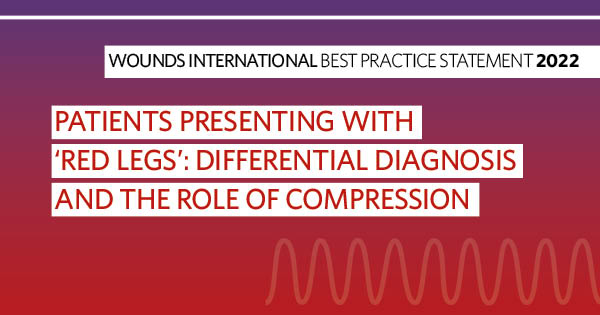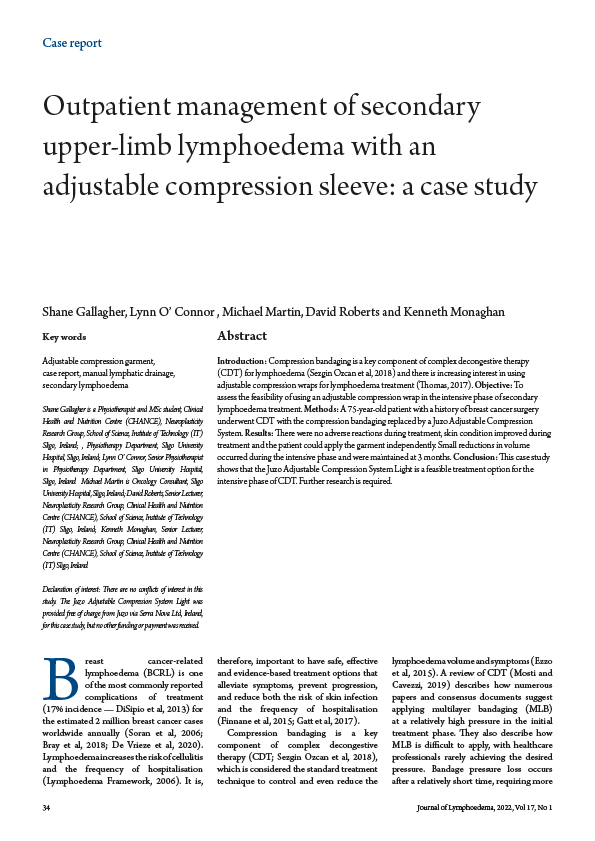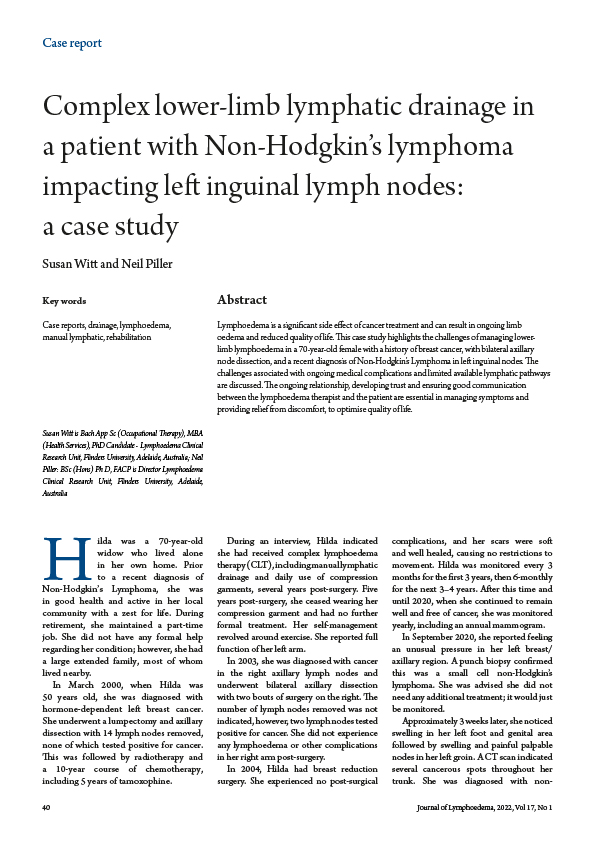<p>Objectives: Oedema at the end of life is an undertreated and burdensome problem in palliative care patients, but its prevalence and association with risk factors is unknown. The authors aimed to investigate the prevalence of lower-limb oedema at the end of life in a palliative care population and measure the associated risk factors. Methods: A cross-sectional cohort study was carried out in two palliative care units of pitting lower-limb oedema at the end of life and associated risk factors. This was the first stage of a larger interventional study for treatment of oedema at the end of life in palliative care patients. Results: Fifty-nine participants were admitted during the 1-month study period. Of these, 50.8% had pitting oedema in one or both legs on clinical assessment. The mean age was 67.4 years and 64% were male. All patients had at least one risk factor for oedema at the end of life (mean 3.4). Conclusion: Lower-limb oedema at the end of life is a common problem in the palliative care population. Early recognition and further research on risk factors may enable the introduction of preventative strategies to reduce the incidence of this burdensome problem.</p>





